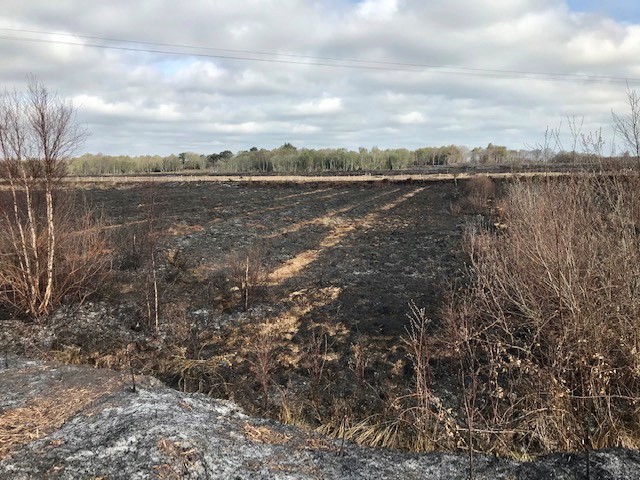The Much Maligned Lough Neagh Midge…
Over the weekend, I read three articles in different newspapers about the Lough Neagh Midge…
In one local paper, people were being “terrorised” by “plagues” of midge… In another regional paper, an indignant journalist compared them to coronavirus saying “a first tranche arrives taking lives and scaring us witless”…
I first encountered the harmless Lough Neagh midge in May 2016 – I arrived at work at 8am and noticed a few hovering around… Pockets of them sitting on the fences… when I left the office at 11am to go visit one of my sites I came out the door to clouds of them… gliding in slow motion through the air, they didn’t make any noise, and though I feared I was about to be bit to death and drained dry of blood in the short dash to the car, I quickly realised this wasn’t the case… They flew all around me, bumping off my eyes, catching in my hair, making it into my mouth, but none of them bit me.
So started three weeks of large clouds of Lough Neagh midge – All my sites along and near the shoreline of the Lough had thick clouds of them, it was impossible to open the car window, without filling the inside of the car.. I would drive along the road and spot thick plumes of them swirling like smoke above hedges and treetops… In some ways when I watched them they reminded me of a starling murmuration, gracefully swooping and dancing around one another, I wondered what they were and what purpose they served.
I learnt that the Lough Neagh midge is a Chironomid midge, and that they are among the most important of the wild residents of Lough Neagh we will encounter. Lough Neagh is the largest fresh water lough in Ireland and the UK, it is a beautiful expanse of water that supports and provides homes for a vast array of invertebrate, fish, bird, and other wildlife.
The chironomid midge is right at the heart of that ecosystem, it provides a valuable resource for the wildlife in that food chain, blooming just in time for many of the species that live in and around the lough. I love watching out my window as the Swallows, house martins and swifts swoop and race through the clouds of flies, catching them in their beaks and taking them back to the nests where hungry chicks squawked to be fed. The birds at Oxford Island have almost always been able to support 2-3 batches of young a year, and that’s down to the midge.
They have four stages to their life cycle – Egg, Larva, Pupa, and Imago (adult midge) and at each of these stages they are providing a valuable food resource. In the Lough, they are eaten by eels, fish, frogs and once they emerge from the Lough they help feed beautiful dragonflies, spiders, birds and other invertebrates… They live on the bed of the Lough for a year or more, eating dead plants and algae, acting as super recyclers of Lough waste products. If the midge wasn’t there, waste would accumulate and poison the waters, local wildlife would decline, fish and eels would not thrive and the fishing industry that supports many people and families around the Lough wouldn’t do as well.
I learned that as adult flies they don’t have any mouth pieces so cant bite or sting us, their sole purpose is to find a mate, and the clouds you see above the trees and hedges gracefully winding around in thick plumes are performing their courtship dances, the female then goes and lays her eggs in the water and then with no drama die and are absorbed back into the Lough…
When you know the bigger picture you can see just how important this little midge is for nature and people. What a valuable creature it is at all stages of its life cycle…
I started to feel a certain sympathy for the midge – alive for only a few days trying to find a mate – I would try to gently catch and release any that had inevitably made their way into my car as I dashed into it.. It didn’t seem fair to take them miles away from other midge especially as they had made it this far.. I quickly came to realise that wasn’t possible either…
So whilst I know they can be viewed as pests, and it’s a little uncomfortable having to walk through them, I know that after a few weeks they will be gone, and that really its worthwhile co existing beside them for that short time period. I think the much maligned Lough Neagh Midge isn’t so bad after all…




